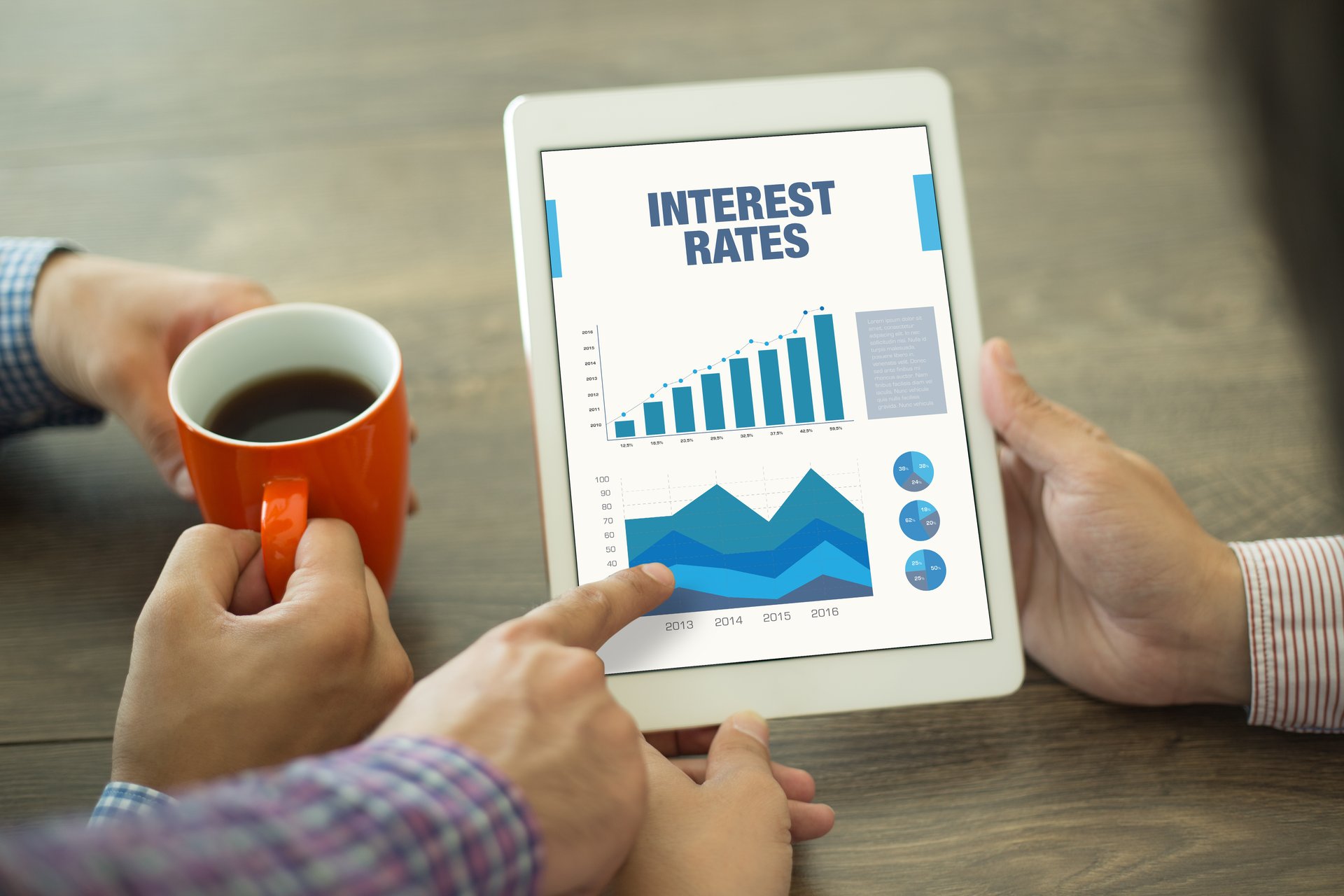
The Federal Reserve announced today that it is raising its benchmark federal funds rate to a range of 1.25 to 1.5 percent.
This marks the Fed’s third rate hike this year and its fifth hike in three years. And this upward momentum is widely expected to continue in the new year — bittersweet news for consumers, but good news for the economy.
As the Federal Reserve Board statement issued after the vote today noted:
“Averaging through hurricane-related fluctuations, job gains have been solid, and the unemployment rate declined further.”
The federal funds rate has risen gradually as the U.S. economy has strengthened since the Great Recession officially ended in June 2009.
The past four hikes occurred in:
- December 2015: Increased from a range of zero to 0.25 percent to a range of 0.25 to 0.5 percent — the Fed’s first hike in seven years
- December 2016: Increased to 0.5 to 0.75 percent
- March 2017: Increased to 0.75 to 1 percent
- June 2017: Increased to 1 to 1.25 percent
This gradual rise in the federal funds rate is potentially both good news and bad news for your wallet. It all depends on how much savings and debt you’ve amassed.
The good news: Rising rates at banks, too
As the federal funds rate has been rising, some banks have started increasing the interest rates they offer on savings accounts, money market accounts and certificates of deposit (CDs).
In other words, you stand to earn more money on your savings.
So, if you spent recent years wringing your hands over the low returns offered by savings accounts and CDs, take heart: Your luck is starting to change.
This cause and effect plays out gradually, though. Don’t expect to see a bunch of banks make steep increases in their interest rates overnight.
The national average annual percentage yield (APY) on savings accounts remains stuck at 0.06 percent, according to the Federal Deposit Insurance Corp. Still, it’s becoming easier to find savings accounts that bear more than 1 percent interest.
Additionally, the APYs on other types of savings vehicles already have started to budge, the FDIC reports. For example:
- For five-year CDs, the national average APY is 0.88 percent as of this week — up from 0.78 percent just one year ago.
- For money market accounts, the average APY is 0.09 percent — up from 0.08 percent one year ago.
To find the right account for you, check out Money Talks News’ account comparison tool. It enables you to simultaneously compare interest rates for CDs, and for savings, money market and interest-bearing checking accounts.
If you find someplace that offers more in interest than your current savings account, check out “5 Simple Steps to Painlessly Switch Banks.”
The bad news: Some of your costs might rise
As the federal funds rate continues to push higher, interest rates for most forms of debt will also rise. This means folks carrying debt will be forced to cut bigger checks when paying bills to creditors.
Specifically, as interest rates rise, consumers can expect their payments toward the following types of debt to increase:
- Credit cards: Interest rates for credit cards are generally variable, meaning they go up and down along with overall interest-rate trends. So, unless you pay your balance in full, you may soon pay more in interest every month — if you aren’t already doing so. According to WalletHub, the four Fed rate hikes prior to today have cost credit card holders an additional $6 billion in interest payments this year.
- Many loans: These include auto and personal loans, and home equity lines of credit.
- Some mortgages. If you have a fixed-rate mortgage, Fed rate hikes do not affect the rate you pay. But if you have an adjustable-rate mortgage (ARM), expect your interest rate to rise. An ARM is tied to an index, such as the London Interbank Offered Rate, or Libor. When the Fed raises the federal funds rate, such indexes tend to rise, too. However, your individual rate will not rise until the next scheduled rate adjustment on your mortgage.
If today’s news has spurred you to pay down debt faster in the new year, check out “8 Foolproof Steps to Get You Out of Debt Fast.”
What is your take on today’s Fed decision? Sound off below or over on our Facebook page.




Add a Comment
Our Policy: We welcome relevant and respectful comments in order to foster healthy and informative discussions. All other comments may be removed. Comments with links are automatically held for moderation.